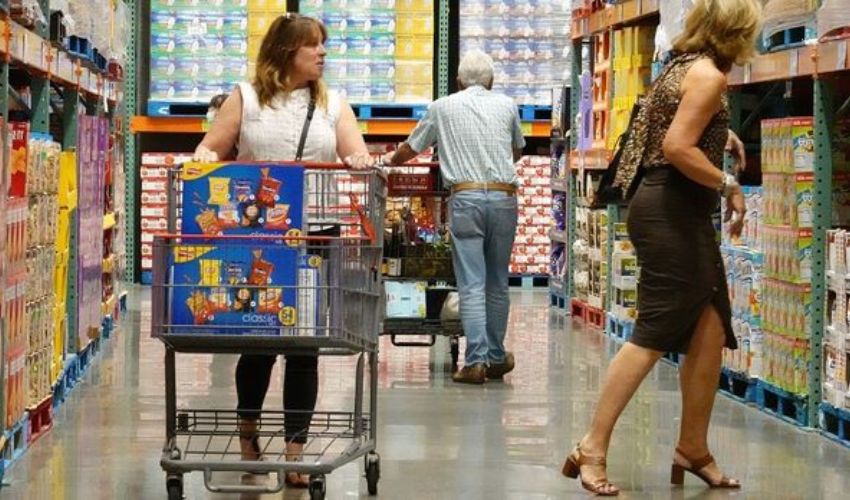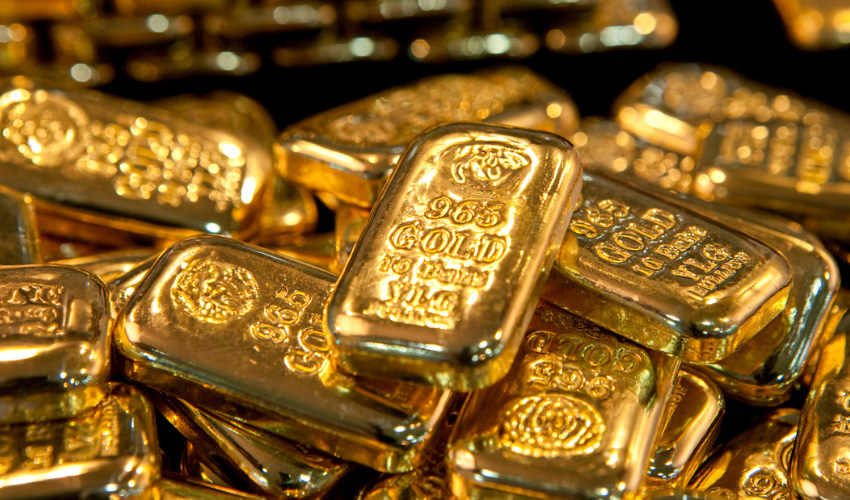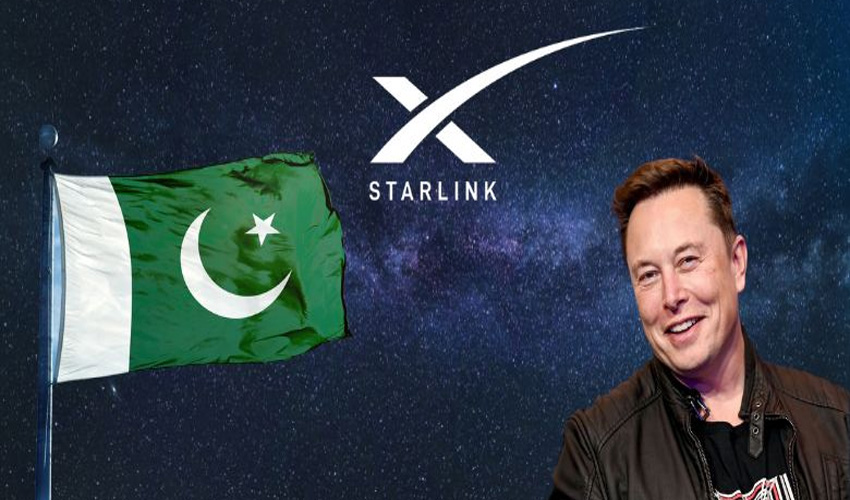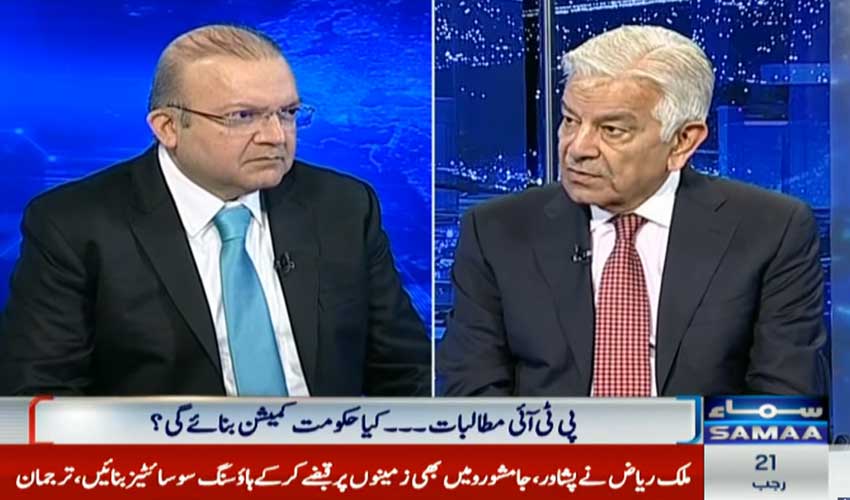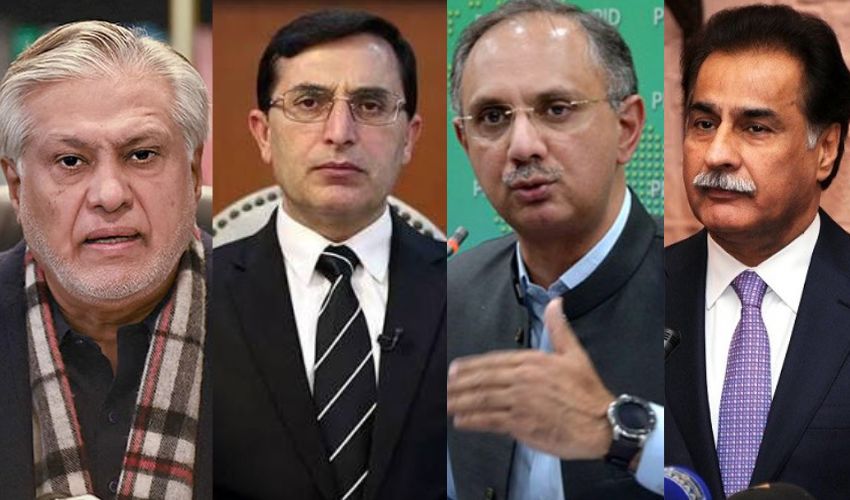U.S. consumer prices increased less than expected in April, suggesting that inflation resumed its downward trend at the start of the second quarter in a boost to financial market expectations for a September interest rate cut.
Those expectations were further bolstered by other data on Wednesday showing retail sales were unexpectedly flat last month as inflation-weary consumers cut back spending at online retailers and auto dealerships.
The reports suggested that domestic demand was cooling, which is likely to be welcomed by officials at the U.S. central bank as they try to engineer a "soft-landing" for the economy.
"The economic data are picture perfect this morning in favor of interest rate cuts with retail sales unchanged and inflation cooling and slowing down from the worrisome first quarter pace," said Christopher Rupkey, chief economist at FWDBONDS. "The country is not out of the woods from the threat of inflation, but we can start to see the end of the forest."
The consumer price index rose 0.3% last month after advancing 0.4% in March and February, the Labor Department's Bureau of Labor Statistics (BLS) said. The higher cost of living looms large over the Nov. 5 presidential election.
The cost of shelter, which includes rents, increased 0.4%, rising by the same margin for the third straight month. Gasoline prices shot up 2.8% after rising 1.7% in March. These two categories contributed over 70% of the monthly increase in the CPI. Food prices were unchanged after edging up 0.1% in March.
European utilities enjoy a Spring bounce
Food prices at the supermarket declined 0.2%, with eggs, meat, poultry and fish cheaper as were fruits and vegetables and nonalcoholic beverages. But cereals and bakery products cost more, while prices for dairy and related products rose marginally.
In the 12 months through April, the CPI increased 3.4% after climbing 3.5% in March. Economists polled by Reuters had forecast the CPI gaining 0.4% on the month and 3.4% year-on-year. The annual increase in consumer prices has dropped from a peak of 9.1% in June 2022, though progress has stalled.
Inflation accelerated in the first quarter amid strong domestic demand after moderating for much of last year. Last month's slowdown was a relief after data on Tuesday showed a jump in producer prices in April.
Economists say inflation is being driven by providers of services like motor vehicle insurance, housing and healthcare catching up to higher costs. They expect inflation pressures to ebb this quarter and prices to gradually move toward the Fed's 2% target as the labor market is cooling.
That sentiment is shared by Fed Chair Jerome Powell who said on Tuesday "I expect that inflation will move back down ... on a monthly basis to levels that were more like the lower readings that we were having last year."
Financial markets saw a roughly 73% probably of a rate cut in September, up from 69% before the data. U.S. Treasury prices rose while the dollar fell against a basket of currencies.
A handful of economists anticipate the Fed will commence its easing cycle in July, while another minority believes a rate cut could come in December, if at all.
The central bank early this month left its benchmark overnight interest rate unchanged in the current 5.25%-5.50% range, where it has been since July. The Fed has raised its policy rate by 525 basis points since March 2022.
HIGHER RENTS PERSIST
Excluding the volatile food and energy components, the CPI rose 0.3% in April after advancing 0.4% for three straight months. The so-called core CPI was driven by the persistently higher rents, which rose 0.4%.
Owners' equivalent rent (OER), a measure of the amount homeowners would pay to rent or would earn from renting their property, also gained 0.4% after a similar rise in March and February. The cost of motor vehicle insurance increased 1.8% after surging 2.6% in March.
There were also increases in the prices of personal care, recreation and education. The cost of healthcare rose 0.4%, reflecting an increase in hospital services. But prices for used cars and trucks fell 1.4%. Household furnishings and operations, new vehicles and airline fares also cost less.
In the 12 months through April, the core CPI increased 3.6%. That was the smallest year-on-year gain since April 2021 and followed a 3.8% increase in March.
A separate report from the Commerce Department's Census Bureau showed retail sales unchanged in April after increasing 0.6% in March. Economists had forecast retail sales, which are mostly goods and are not adjusted for inflation, gaining 0.4% in April. Sales rose 3.0% year-on-year in April.
Consumers are focusing spending on essentials and cutting back on luxuries amid higher prices. But sales have held up as a strong labor market helped households navigate the high inflation environment.
A report from the Bank of America Institute last week found lower-income spending growth remaining above that of higher-income households in April, but cautioned that "the apparent cooling in the labor market warrants close watching from here." It also flagged rising property insurance costs as a "significant headwind for consumers."
Retail sales excluding automobiles, gasoline, building materials and food services fell 0.3% last month after a downwardly revised 1.0% increase in March. These so-called retail sales were previously reported to have advanced 1.1% in March. Core retail sales correspond most closely with the consumer spending component of gross domestic product.
Consumer spending increased at a 2.5% annualized rate in the first quarter, contributing to the economy's 1.6% growth pace.





